Energy harvesting (EH) has been an exciting potential source to power wireless sensing nodes for well over a decade. As in many new technology areas, the hype frequently exceeds the capability of the technology, especially within the short term. While some projections have changed within the last few years, EH still has great potential for applications that can use today’s capabilities to avoid frequent battery changes and its potential will certainly increase as research and development efforts continue.
On the downside, a recent report from IDTechEx concludes that thermoelectric EH applications in automotive and wearables have been “more difficult to commercialize than initially hoped.” For automobiles, thermoelectric generators that converted waste heat into power needed more development to fully commercialize and current capabilities suffered from lack of robustness. For wearables, the reality of the amount of electricity generated by the small difference between the wearer’s body temperature and the ambient results in the need for cumbersome and heavy heats sinks that make them far more limited than expected.
However, these are just two of the potential uses for thermoelectric EH. While these applications face harsh realty, others, especially industrial applications, remain quite viable. Also, other popular EH techniques for sensing applications include photovoltaic, piezoelectric, electrodynamic and even wind.
In addition, new techniques are being investigated with encouraging results. For example Twistron (coiled carbon nanotube) yarns that generate electricity when they are stretched or twisted have been reported by an international research team led by scientists at The University of Texas at Dallas and Hanyang University in South Korea. While still in the research area, these results show that EH still has some exciting surprises to reveal.
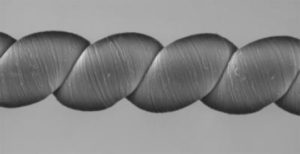 Source: University of Texas at Dallas
Source: University of Texas at Dallas
Those interested in getting a more complete update directly from experts who deal with energy harvesting and the low power requirements of wireless sensing systems on a daily basis should plan on attending the Energy Harvesting and Energy-Efficient Power Solutions for Sensors Applications – Tutorials on Tuesday, June 26 and EH Sessions on Tuesday, June 27 at Sensors Expo 2018 in San Jose, CA.
Filed Under: Sensor Tips, Energy management + harvesting

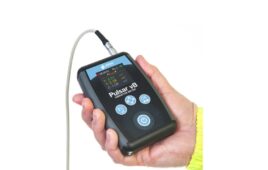
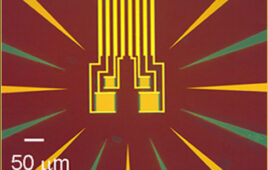
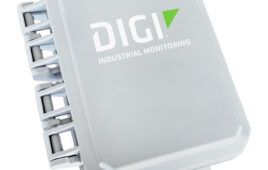
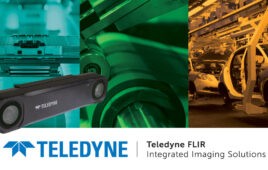
Tell Us What You Think!